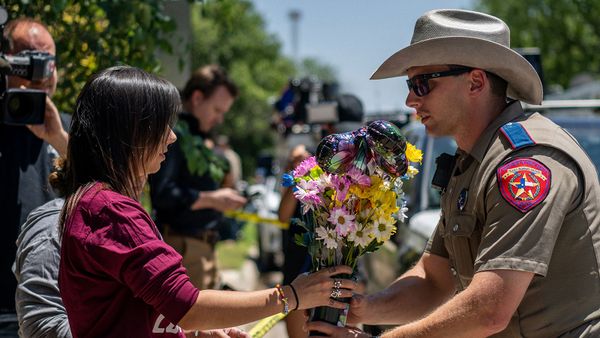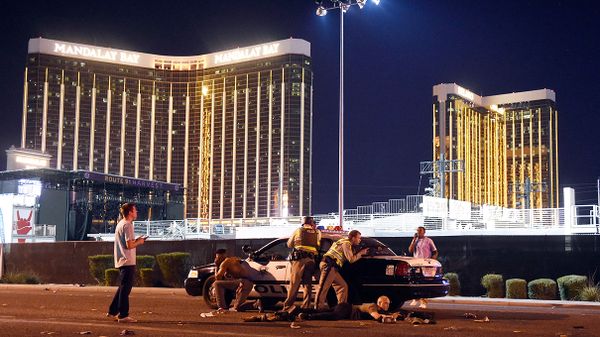
If you heard gunshots at work, would you know what to do? Would you know the fastest escape route or the best place to hide? And if it came down to saving your own life and those of your co-workers, would you be prepared to fight back?
Media reports to the contrary, mass shootings actually are more likely to occur in places of business than schools. When the FBI studied active shooter cases from 2000 to 2013, it found that 45.6 percent of the incidents happened in areas related to commerce (like offices and malls). This was followed by environments related to education (like schools and colleges) at 24.4 percent.
Advertisement
And the number of shooting incidents keeps rising: In 2000, there was one active shooter incident, resulting in seven casualties, according to the FBI; in 2017, there were 30, resulting in 729 casualties. The FBI defines an active shooter as "an individual actively engaged in killing or attempting to kill people in a populated area."
The truth is that none of us really knows how we'd respond in the unlikely event of an active shooter in the office. Which is exactly why education and preparation are so important, so you'll know what to do in such a terrifying situation.
Rob Berryman is a safety consultant with the American Contractors Insurance Group who presents frequently at risk management conferences about active shooter training and response. One of Berryman's favorite sayings is, "People don't rise to the occasion. They retreat to their level of training."
While nothing replaces a thorough, in-person training by active shooter response specialists like the ALICE Training Institute, Berryman shared some life-saving tips for how to survive an active shooter attack in an office. His tips are organized under the active shooter survival mantra: Run. Hide. Fight.
Advertisement


